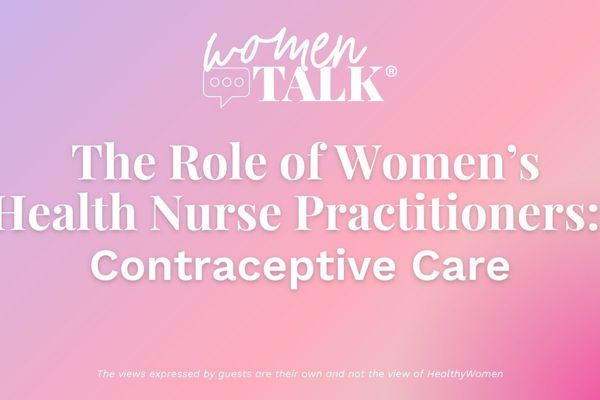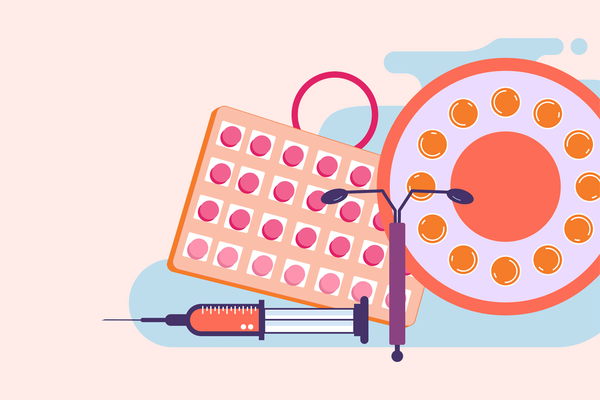There's no question that 40 is a milestone birthday. It's a midlife point—a time to reflect, evaluate, consider, think. Is this the right career for you? Are you happy in your marriage or relationship? How are your children turning out? Is it time to have children?
But as you muse upon the course your life has taken up to now and where you want it to go over the next decade, don't forget to consider one very important component: contraception.
Whether you're finished having children or considering having your first one (don't laugh: birth rates for women ages 35 to 54 increased from 2010 to 2017), the only thing standing between you and the unexpected is your contraception.
Because while you may be moaning about your first gray hairs and the fact that it's suddenly become harder to lose those final (or first) five pounds and you've started paying as much attention to your retirement fund as to your kids' college fund, the reality is that some things really haven't changed very much. We're talking about your fertility—your ability to become pregnant. Yes, it's true that fertility declines with age. However, up to 80 percent of women between 40 and 43 can still get pregnant. In fact, your fertility doesn't end totally until you reach menopause—the day you've gone 12 consecutive months without a period.
Unfortunately, this is a fact that many women your age don't know. One study found that women in their late 30s and early 40s who were still sexually active thought that if they didn't get pregnant, they were infertile. Nope. They were just lucky.
In another study of 55 women with a median age of 72, just 55 percent said their health care professional ever discussed sex with them once they turned 40. You can bet that if their health care professionals weren't talking to these women about sex, they probably weren't talking to them about contraception either.
Bottom line: If you don't want a child, you and/or your partner should take precautions to prevent pregnancy.
What to Use
By this point in your life, you've probably been through the contraceptive version of soup to nuts. Birth control pills, IUDs, condoms, jellies, and creams.
So now what do you do?
That depends on your answer here: Do you want children? Or more children?
If you answered yes, then you need reversible contraception. Your options include:
Birth control pills. Healthy women over 35 can safely use oral contraception, as long as they don't smoke, have normal blood pressure and have no history of cardiovascular disease. In fact, you can keep using it until age 50.
Rings and patches. Other estrogen-based birth control options include a vaginal ring (NuvaRing), which is inserted into the vagina like a diaphragm with a three-weeks-on-one-week-off schedule, and a skin patch embedded with hormones, such as Ortho Evra.
Progestogen options. These options include injections (Depo-Provera) and horomone-releasing intrauterine devices (IUDs), such as Mirena, Skyla and Liletta. All use the hormone progestogen for long-term prevention of pregnancy. Injections must be given every three months; the IUDs can last three to six years.
Nonhormonal options. Copper IUDs, spermicides, the Today Sponge, diaphragms, cervical caps and condoms provide protection without hormones, but none are as effective as hormonal measures. Barely any women 35 and older use barrier methods.
Now, if you answered "no" to the question above, then you might want to consider permanent contraception, either for you or your partner. Female sterilization is the most common form of contraception overall, and the birth control method used most often by women 35 and older. A tubal ligation, often called "getting your tubes tied," is a surgical procedure. A surgeon makes a small incision through the abdomen, inserts a laparoscope to view the pelvic region and tubes, and either blocks the tubes with a ring or burns or clips them shut. It is performed as a laparoscopy, laparotomy or mini-laparotomy. Depending on the type of surgery, recovery is usually one to three weeks.
Of course, you can always insist that it's time he took care of the birth control option and had a vasectomy.
No matter what you choose, just choose. Otherwise, you may find your 40s more, um, interesting than you'd planned!







